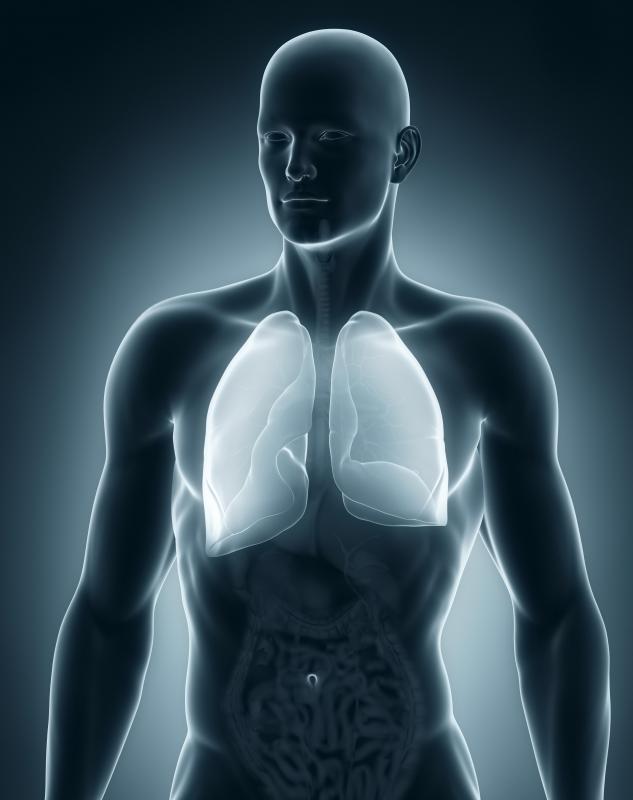At WiseGEEK, we're committed to delivering accurate, trustworthy information. Our expert-authored content is rigorously fact-checked and sourced from credible authorities. Discover how we uphold the highest standards in providing you with reliable knowledge.
What Is Oxygen Toxicity?
Oxygen toxicity is a condition that occurs when one breathes too much pure oxygen. Breathable air is roughly 21 percent oxygen; the rest is made up of nitrogen and a variety of other substances. When molecular oxygen, or O2, is inhaled at a higher ratio, a variety of symptoms including tunnel vision, nausea, and inflammation of the airways may result. Different forms of oxygen toxicity can result from different forms of exposure to elevated oxygen levels. Central nervous system damage tends to result from high-pressure, short-duration exposure to elevated oxygen levels while longer term exposure to elevated oxygen levels at normal atmospheric pressure tends to lead to pulmonary or ocular problems.
Central nervous system oxygen toxicity tends to occur only at high pressure, so it is primarily a problem for divers and others who spend time in conditions higher than atmospheric pressure. When a scuba diver progresses deeper into the water, the partial pressure of any gases in his tank increase in proportion to his depth. Central nervous system oxygen toxicity, then, is possible at sufficient depths as the diver breathes oxygen at significantly higher than normal atmospheric pressure. This can lead to a wide variety of symptoms, including nausea; dizziness; twitching; and in severe cases, seizures and possible death.

Oxygen toxicity is still possible at normal atmospheric pressure; this occurs when the fraction of oxygen in the air is considerably higher than the normal of approximately 21 percent. Toxicity can occur at 50 percent oxygen or above, though it generally takes quite some time, usually more than 24 hours, for symptoms to present. At closer to 100 percent oxygen, symptoms can present much more quickly, generally after 14 hours but sometimes after as little as four hours. Oxygen toxicity that occurs because of prolonged exposure to high levels of oxygen at normal atmospheric pressure generally leads to pulmonary symptoms rather than central nervous system symptoms. Such symptoms include inflammation of the airway and lungs, coughing, difficulty breathing, and fever.

A variety of chemical mechanisms related to cellular respiration and metabolism are responsible for the symptoms associated with oxygen toxicity. While oxygen is needed for cellular respiration to occur, higher-than-normal concentrations lead to the production of highly-reactive by-products that can cause significant damage to cells. Similar highly reactive chemical species enter or are produced by the body regularly, but the body possesses many systems that are able to prevent or repair damage that may be caused. Bodily systems are not able to keep up with the production of these destructive elements in elevated oxygen conditions, so oxygen toxicity in the form of cell damage occurs.
AS FEATURED ON:
AS FEATURED ON:
















Discuss this Article
Post your comments